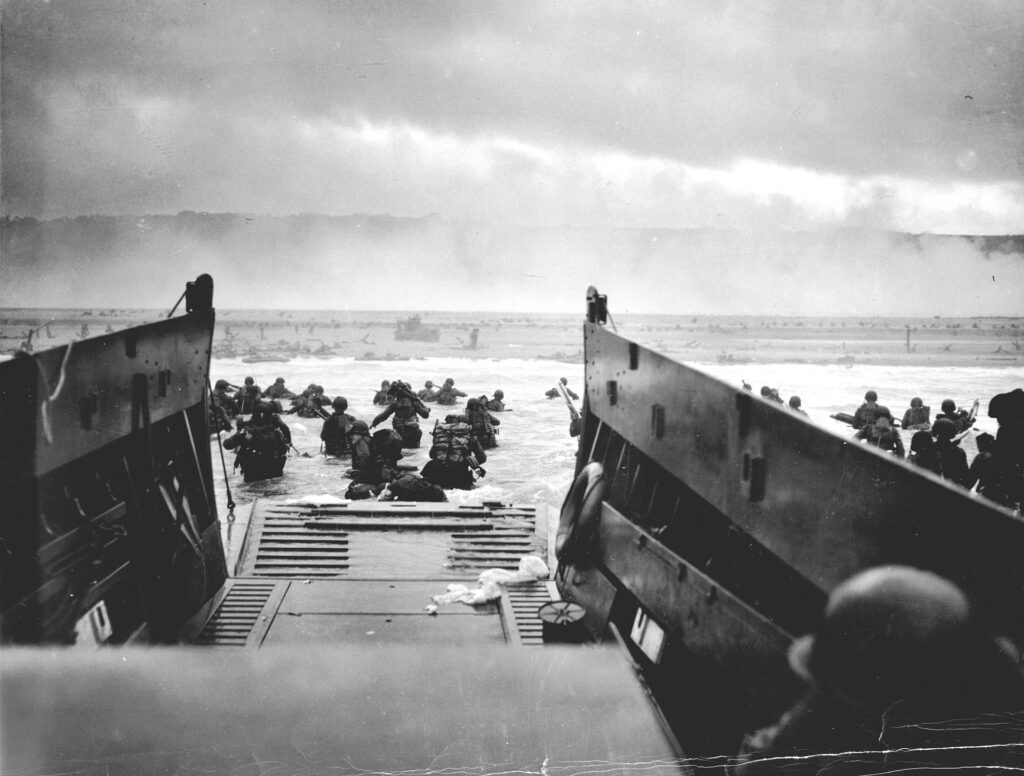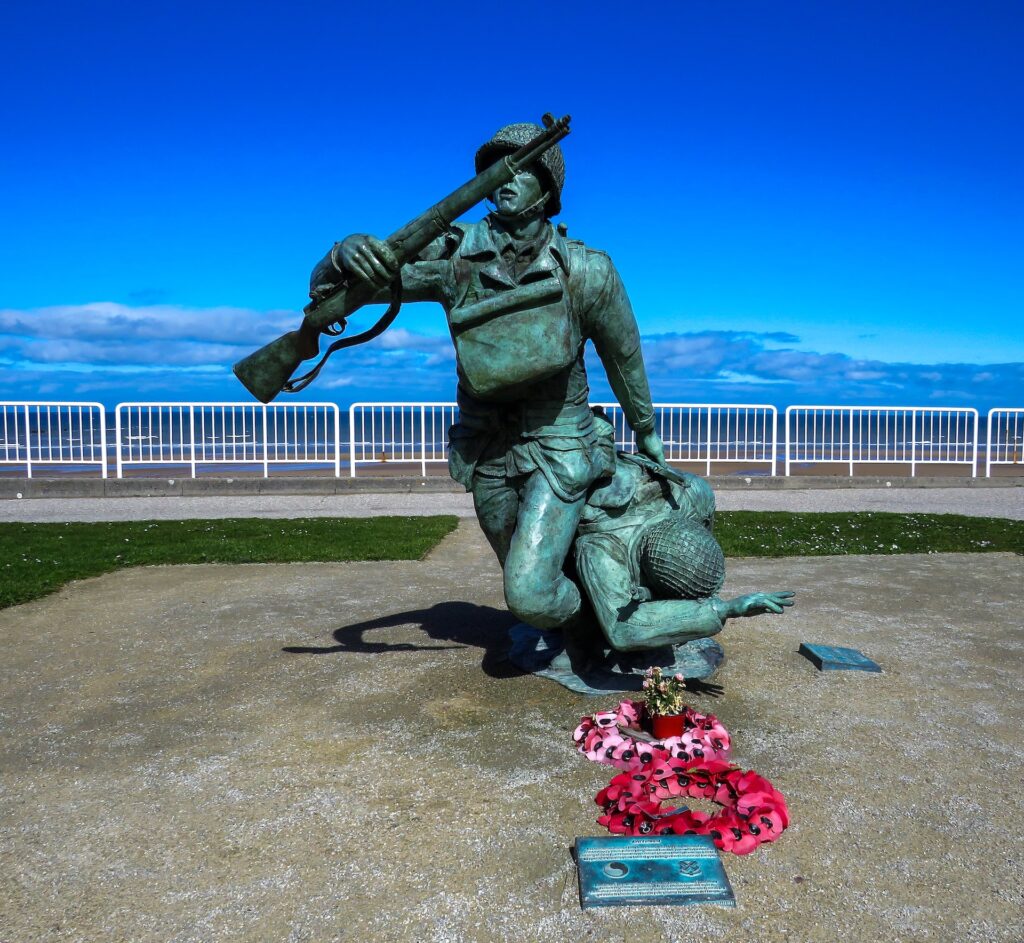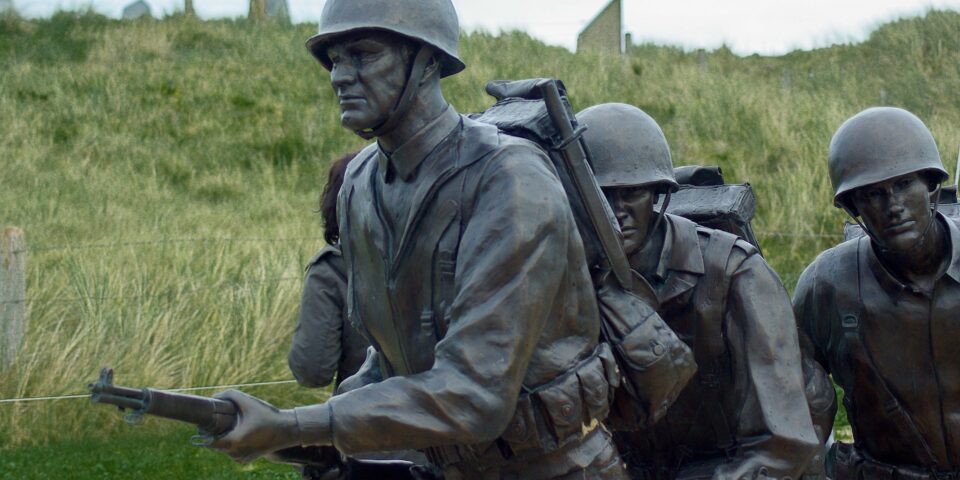Utah Beach : a must see in Normandy !
The US landing in Normandy was a critical component of the larger D-Day operation, which took place on June 6, 1944, during World War II. Codenamed Operation Overlord, this massive amphibious assault aimed to liberate Western Europe from Nazi occupation. The United States played a significant role in this operation, and American forces were primarily responsible for two of the five landing zones, Utah and Omaha Beach.
Utah Beach, the westernmost of the landing zones, was taken by the US 4th Infantry Division with relatively fewer casualties compared to other beaches. The success at Utah Beach provided a secure foothold for the American forces. In contrast, Omaha Beach, located just to the east of Utah, witnessed fierce German resistance and intense fighting. The American troops who stormed Omaha Beach faced heavy machine gun fire, artillery barrages, and numerous obstacles, leading to substantial casualties. However, their determination and heroism ultimately allowed them to secure the beachhead, overcoming these tremendous challenges. The landings at Utah and Omaha Beaches marked a significant turning point in the war, with the US forces contributing greatly to the liberation of Western Europe and the eventual downfall of Nazi Germany.
Utah Beach : book your Tour with a specialist !
The US military operations in Normandy

The US military operations in Normandy during World War II were a part of the broader Allied effort to liberate Western Europe from Nazi occupation. These operations were most notably exemplified by the US involvement in the D-Day landings on June 6, 1944, as part of Operation Overlord. American forces played a significant role in two of the five landing zones, Utah and Omaha Beaches.
At Utah Beach, the US 4th Infantry Division successfully landed with relatively lower casualties and swiftly secured the beach, creating a secure beachhead for the Allied forces. In contrast, Omaha Beach, the next landing site to the east, proved to be one of the most challenging and fiercely defended areas. American troops landing on Omaha Beach faced intense German resistance, with heavy machine gun fire and artillery barrages causing significant casualties. However, through remarkable determination and heroism, they managed to overcome the obstacles and secure the beachhead. These operations were instrumental in establishing a foothold on the continent and beginning the liberation of Western Europe, ultimately leading to the downfall of Nazi Germany. The US military operations in Normandy represent a testament to the bravery and sacrifice of American soldiers and their vital contribution to the Allied victory in World War II.
Utah Beach

Utah Beach, located in Normandy, France, gained historical significance during World War II as one of the five landing zones during the D-Day landings on June 6, 1944. This operation, codenamed Operation Overlord, was a pivotal moment in the war, marking the Allied effort to liberate Western Europe from Nazi occupation.
The American forces, primarily the US 4th Infantry Division, were tasked with landing at Utah Beach. Despite the challenges, the landing at Utah Beach was notably successful and less costly in terms of casualties compared to some of the other landing zones. The troops were able to establish a secure beachhead relatively quickly. This achievement was due in part to favorable tidal conditions and the element of surprise, which allowed the soldiers to come ashore with lower casualties than at other beaches. The successful landing at Utah Beach provided a solid foothold for the Allied forces, enabling them to advance inland and contribute to the broader objectives of Operation Overlord.
Utah Beach’s capture marked the beginning of the liberation of Western Europe. The success of the landing and the establishment of a beachhead allowed the Allied forces to start moving inland, which eventually led to the liberation of key cities in Normandy and the eventual defeat of Nazi Germany. Today, Utah Beach is a place of historical remembrance and a memorial to the bravery and sacrifice of the American soldiers who landed there, contributing significantly to the Allies’ victory in World War II.



